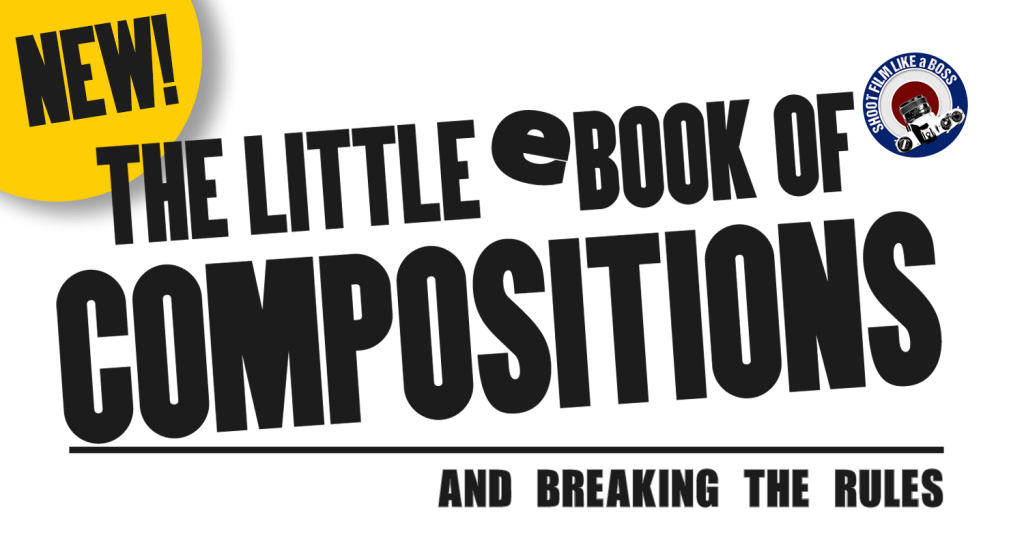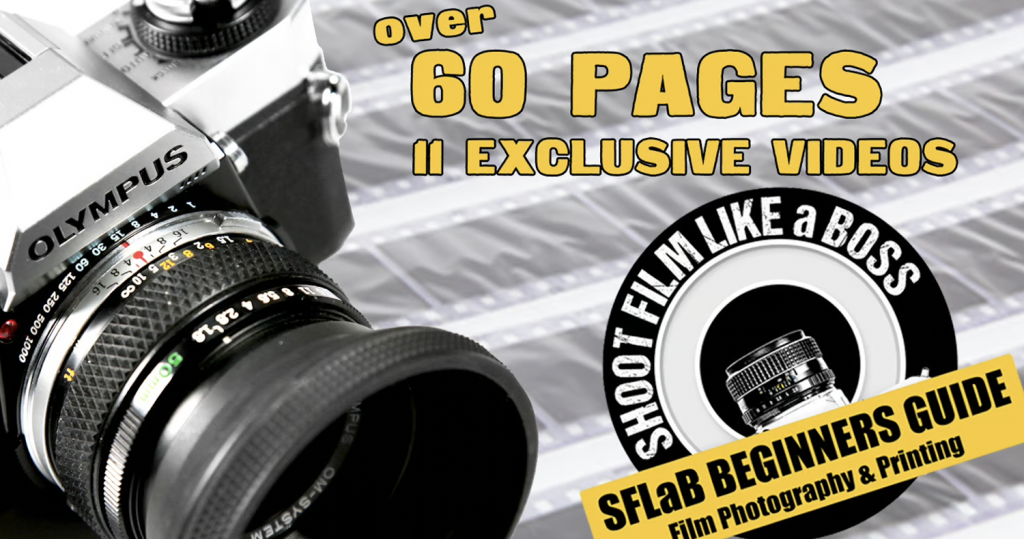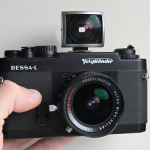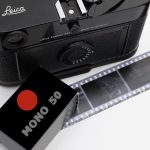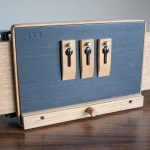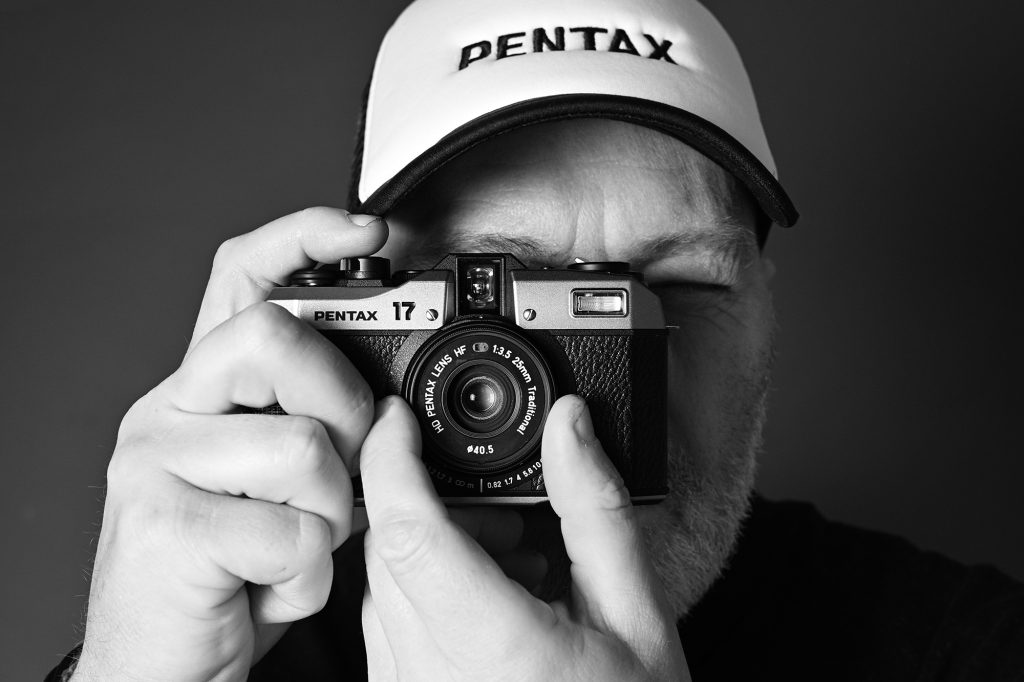
Is this the start of the Film Photography resurgence? I hope so!
Imagine if other major camera brands brought back film cameras! It’s a dream, but probably unrealistic. Demand would be limited, making them expensive. Yet, there’s hope!
- Nikon F7
- Canon EOS 2V
- Olympus OM24
- SONY 17
Thankfully, some brands are taking a chance. And Pentax, with Ricoh, has been developing the new Half Frame Pentax 17 compact film camera for years, which is exciting news. There are other new film cameras on the market too with Lomography and Alfie – a huge feat considering the challenges involved! Like the Rollei 35AF that is nearly with us.
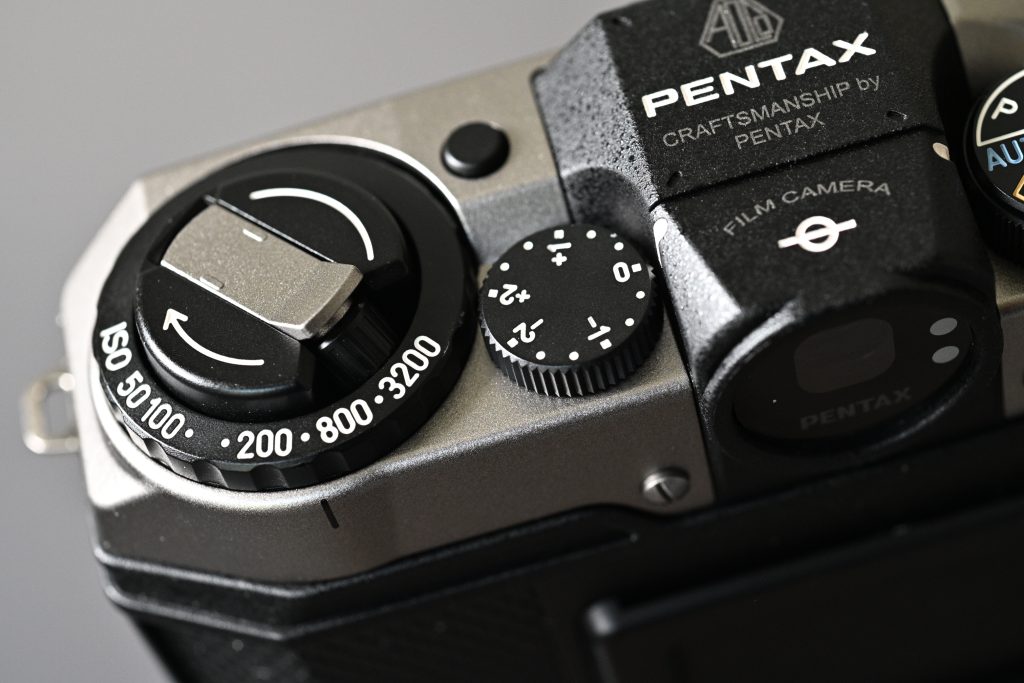
This gives us hope that film photography isn’t lost. Maybe, just maybe, we’ll see a resurgence as more people discover the unique charm of analog photography.
Pentax 17 HF Camera
I was one of the first to receive the camera by Ricoh Europe in order to make a review, not only for the channel but also for Ricoh too. And I have to admit… I love it! So let’s show you the camera up close and some of the photographs I have taken with it so far..
Un Boxing!
Skipping quick through the unboxing on the SFLaB video, I was taken aback when the Pentax 17 first emerged from its plastic bag. The camera felt surprisingly light, especially compared to the hefty vintage models I’m accustomed to.
As I examined it, running my hands over its contours and settling into a shooting grip, two impressions dominated my thoughts: It was undeniably plastic, yet remarkably comfortable to hold. What was I expecting? A Spotmatic lookalike to come out of the box? This is 2024. Look at your TV!
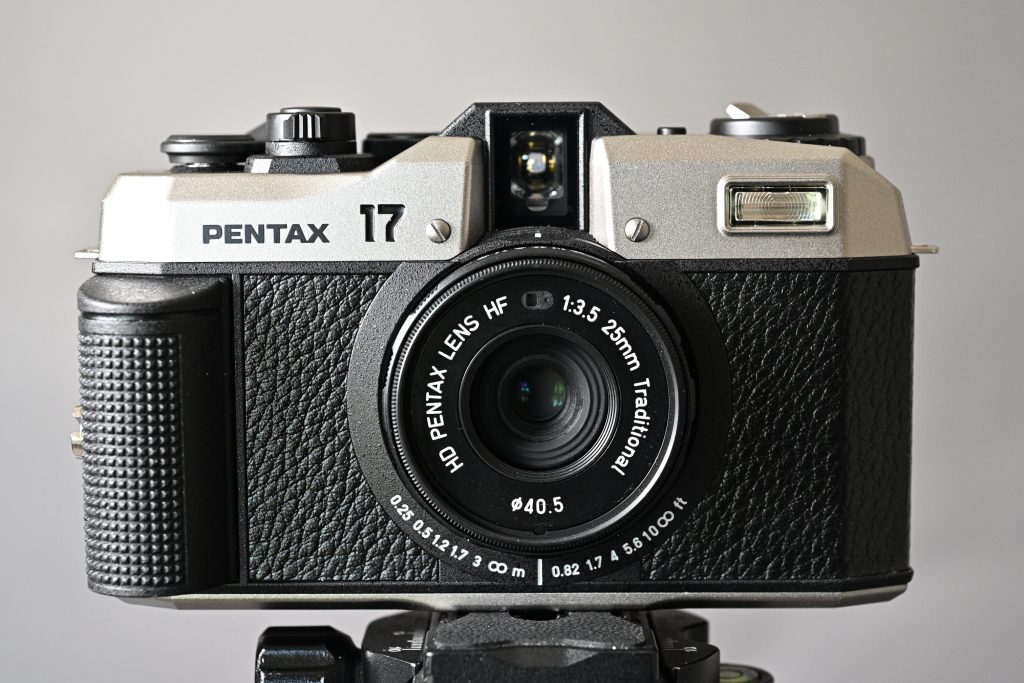
But naturally, a modern camera like this will incorporate some plastic elements. The back door does feel a bit hollow when tapped, but overall, the construction feels decent and well put together. What truly impressed me were the metal base plate and top cover, lending a touch of durability. The buttons and dials exude a sense of quality with their smooth operation. Additionally, the leatherette front adds a touch of charm, elevating the camera’s overall feel. It’s well made. If you drop it it’s not going to fall apart, but hopefully you won’t and go and do what it does best. Take photos!
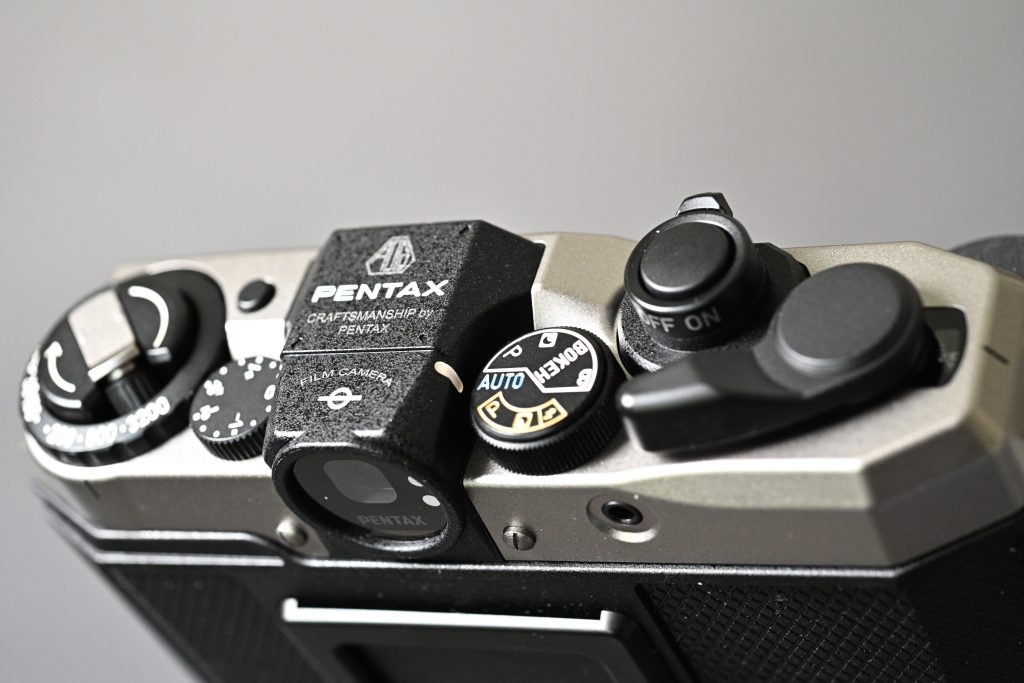
Half Frame
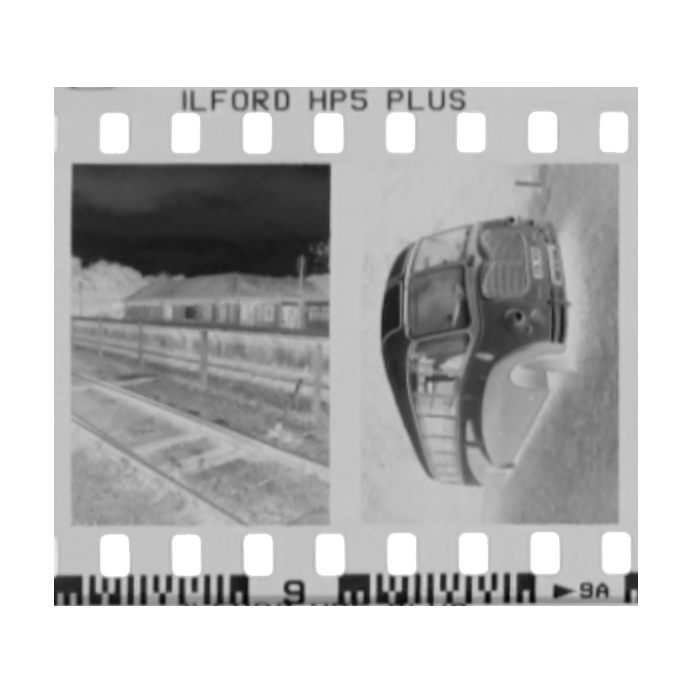
It is a half frame camera. 24×17. I have never really thought of shooting HF. It never attracted me. If I take photographs on film I want to at least have the prospect of toddling off into my darkroom to make some quality prints. And with HF I’d be compromising on quality. But having had this camera in my possession for a few weeks I think I understand its value. Getting double the amount of photos from a roll of film can’t be a bad thing if all you intend to do is scan and post and share online. You don’t need the quality of 35mm so I guess it makes sense and maybe that is the Market Pentax is aiming for.
I can see it would be ideal if I want to shoot film at the local car show or a mates wedding. Or maybe making smaller 5×7 Prints in the darkroom. At least my photographs will be cheaper. Of course it won’t replace my 35mm or Medium Format cameras but the option is there for some fun snaps on film.
Functions
Pentax has packed some impressive features into this camera. I was thrilled to see a built-in front flash instead of a pop-up one, which is a welcome design choice. The inclusion of an exposure compensation dial was another pleasant surprise. While there’s no dedicated exposure lock button, the compensation dial proves invaluable in situations with tricky lighting, like scenes with vast skies. It’s a clever workaround for ensuring proper exposure.
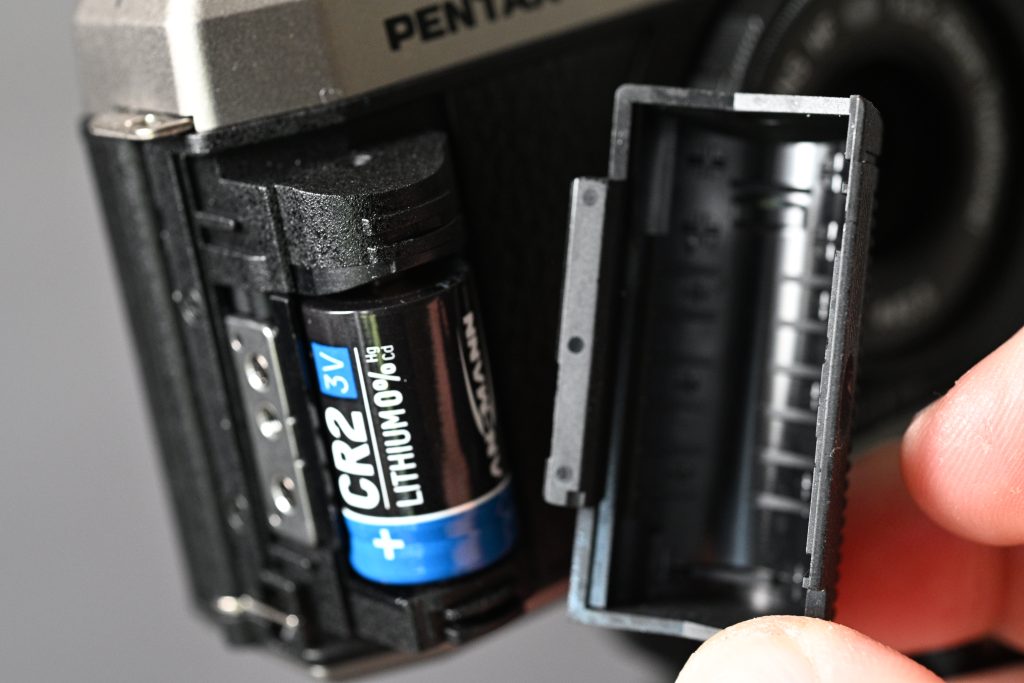
There is an ISO selector which speeds range from 50ISO to 3200ISO and a BULB mode too for timed exposures and a cable release socket which requires a CS-205 cable (not included). Hold up! What is included then? In the box you get a string wrist strap and a battery and a manual.
On the top of the camera is your mode selector jog wheel which boasts some decent functions – Here is a screen shot from the manual. But I will go through the modes.
I had to find out the hard way as when I received the camera the instruction manual was, well, let’s just say lacking some information! I now have the full manual which you can download from the Ricoh Website
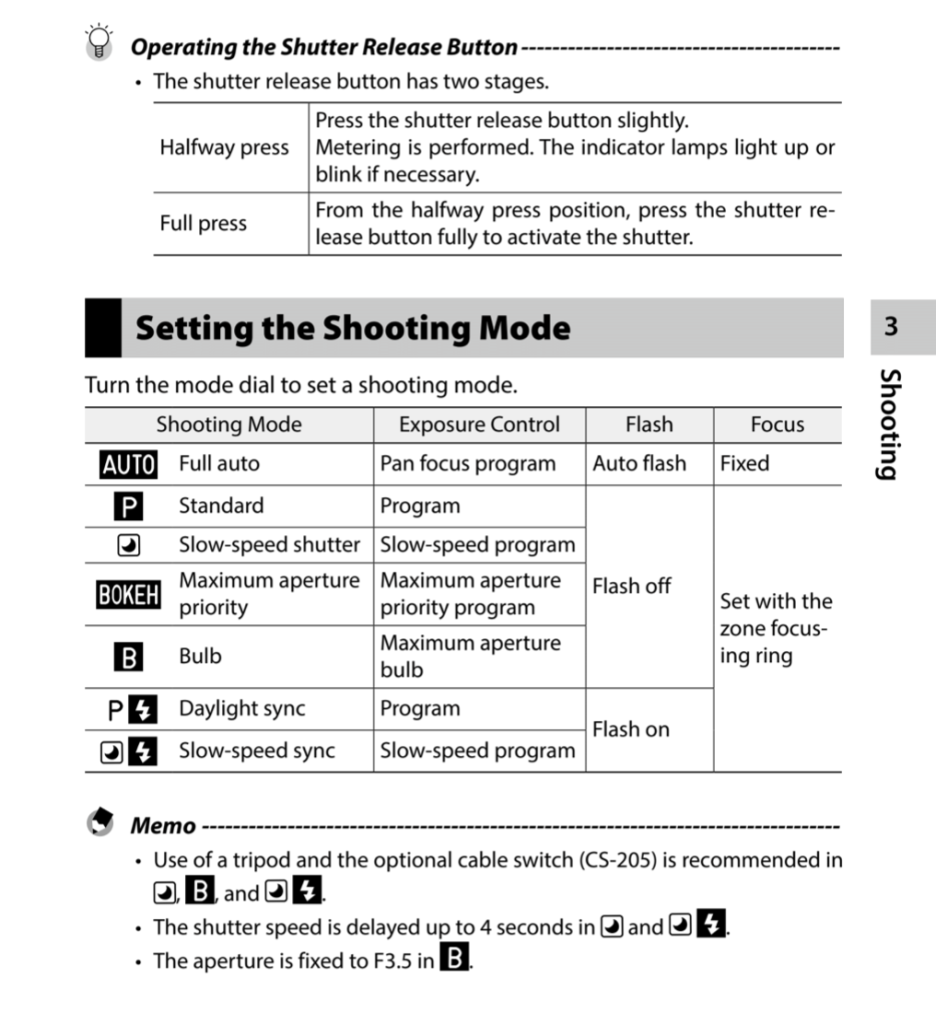
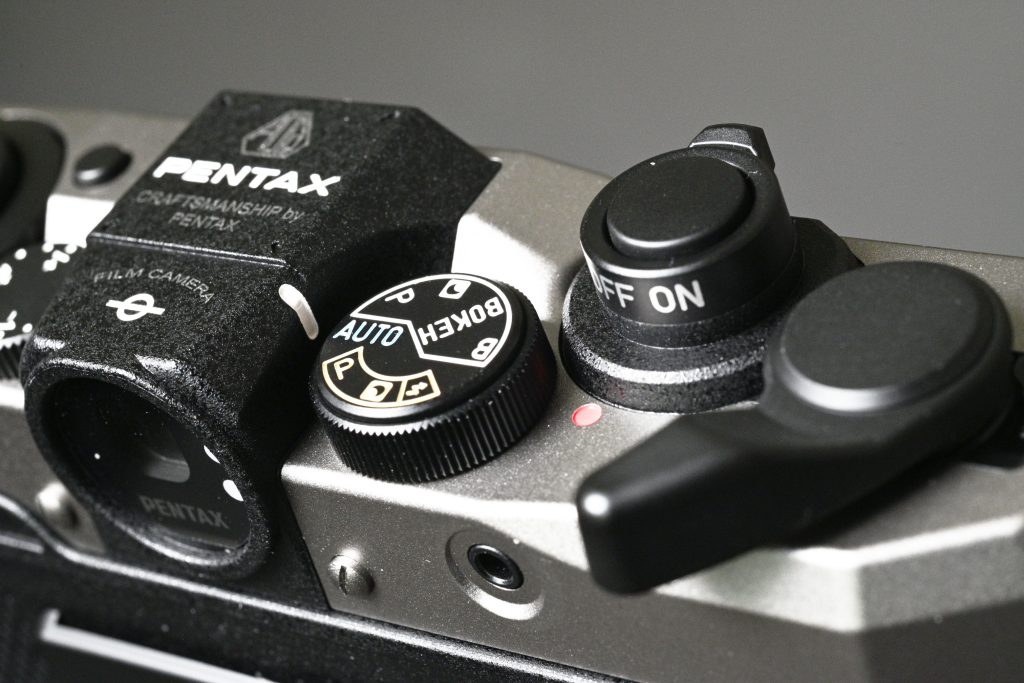
AUTO Mode

You can’t go wrong* in AUTO mode. Just select the speed of the film you are shooting (No DX Contacts) and fire away! The camera will control the aperture and shutter speed for a correct exposure by using it’s ‘Partial’ Metering system and if the scene needs a bit of extra light the camera will fire it’s flash.
The cameras shutter speeds range from 4 Seconds to 1/350th and the Lens Aperture is f/3.5. There is no indication with its smallest aperture but I suspect this to be f/22. And the Shutter and Aperture work in unison to give you the correct exposure for handheld photography.
*AUTO mode – If you’re less than a meter away from your subject. You can take the exposure but it won’t be in focus!
P Mode
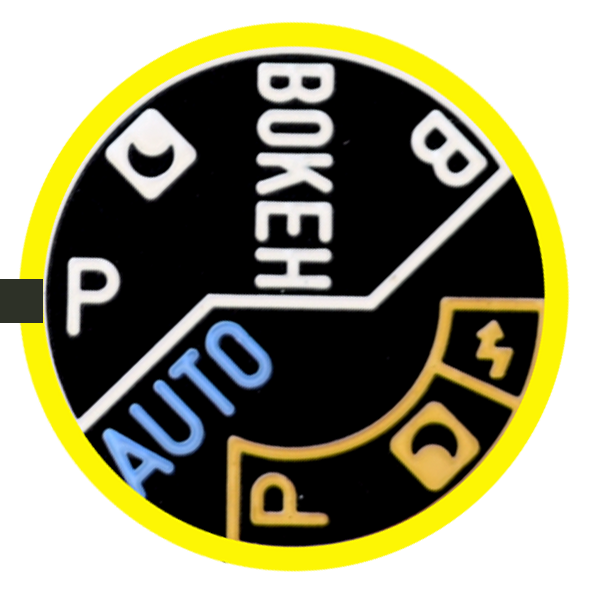
If you don’t like flash then you can select “P” Mode. In this mode the camera will function the same as AUTO except the flash won’t fire. There is a Blue LED that blinks to tell you if you are over or underexposed before you take the photo. Shutter speed appears to be limited to 1/30th in this mode.
SLOW Mode
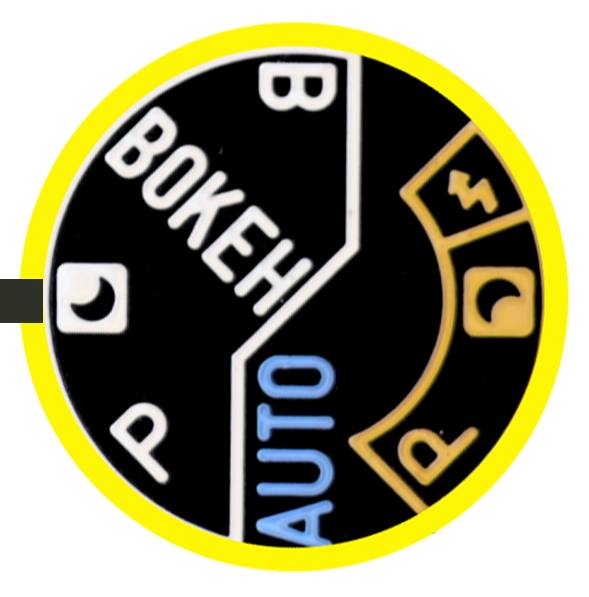
Slow mode is the white moon icon. This mode is ideal for tripod photography such as night time scenes where you don’t want the flash to fire and are looking for natural light or for wispy seascapes where you want some motion blur. Depending on the available light of your scene the most the shutter will stay open for is 4 seconds and will use its widest aperture (f/3.5). If after that the scene is still too dark the Blue LED will flash to tell you there is not enough light. You can still take the shot!
There is nothing in the manual that tells you how the Aperture and Shutter work together but I would imagine this camera is Aperture Priority (The camera chooses the smallest Aperture for the appropriate hand held shutter speed).
BOKEH Mode
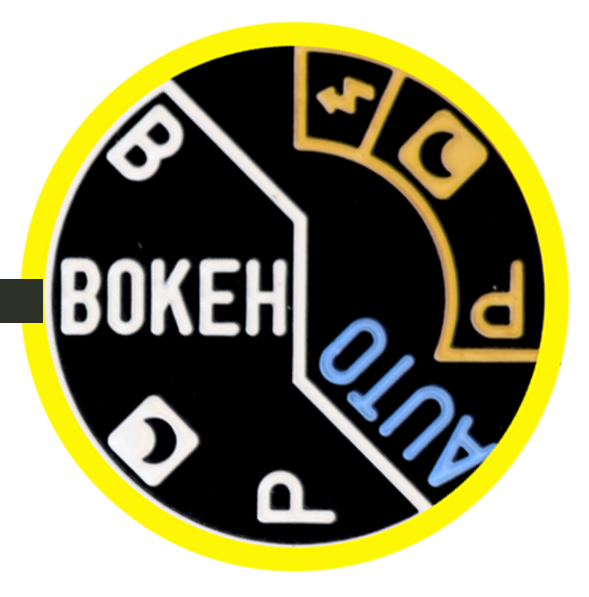
It says in the manual that in this mode the aperture works at its maximum. Rightly so for BOKEH. But when I tested this by pointing the camera to the window in daylight the aperture closed down! I’m pretty stumped with this mode. Why didn’t the aperture open at f/3.5 and choose a faster shutter speed? I had the ISO selected at 50ISO. Oh well.
FLASH Modes (Yellow Area)
On the mode dial you will see two more modes in YELLOW. These two modes are ‘P’ Mode (Daylight Sync) and ‘SLOW SPEED SYNC‘ Mode (Moon). Basically one is a Program Mode where the flash will fire. And the other is ‘Slow Speed Shutter Mode‘, again, where the flash will fire regardless of the scene.

Yellow P Mode –
The flash is fired in for situations when the subject is backlit or in shadow. The shutter speed is up to 1/30s.
This could also be useful if you are photographing a party in a low lit room. The flash will fire, exposing your subject, and at 1/30th of a second to expose for the background also.
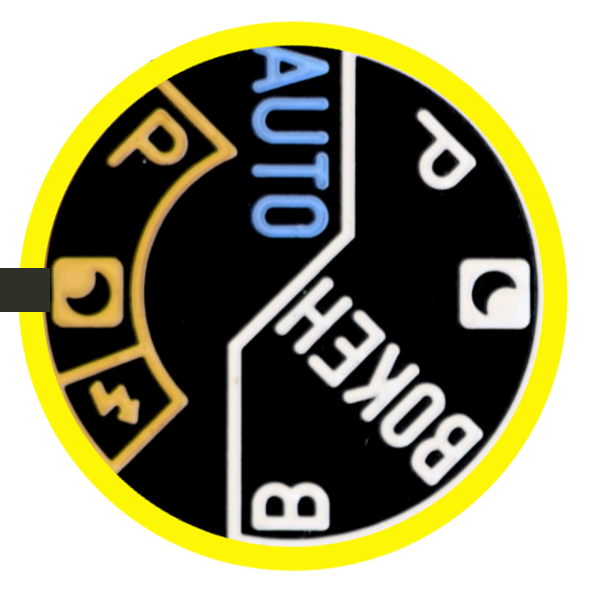
Slow Speed Sync –
When taking photos of a person against a dark background, the flash is fired at the person and the background is exposed using the slow-speed shutter. The shutter speed is up to 4 Seconds.
This mode could also be good for fancy trails after the flash has fired. Imagine taking a photograph of your friend at night in the street. Handheld. As the flash exposes your friend the shutter stays open after the exposure. Whip the camera in a circle motion and you’ll get street light trails.
BULB

When you are in Bulb Mode the Aperture will always be at its fastest, f/3.5. YOU control the camera so the metering will be disabled and so too will the exposure compensation dial and the flash too.
Indicators
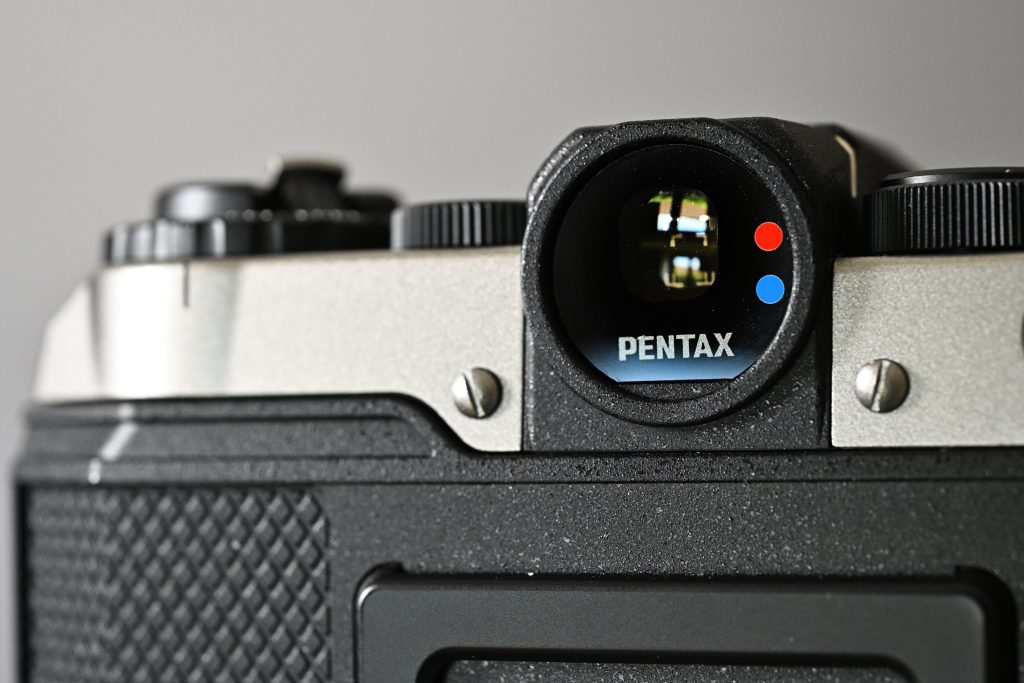
On the viewfinder are two LED’s. One Red and one Blue and they tell you if –
- Under/Over Exposed
- Battery Low
- Camera Not Advanced
- Flash Charging
- Camera Too Close (Flower and Dinner Table Mode).
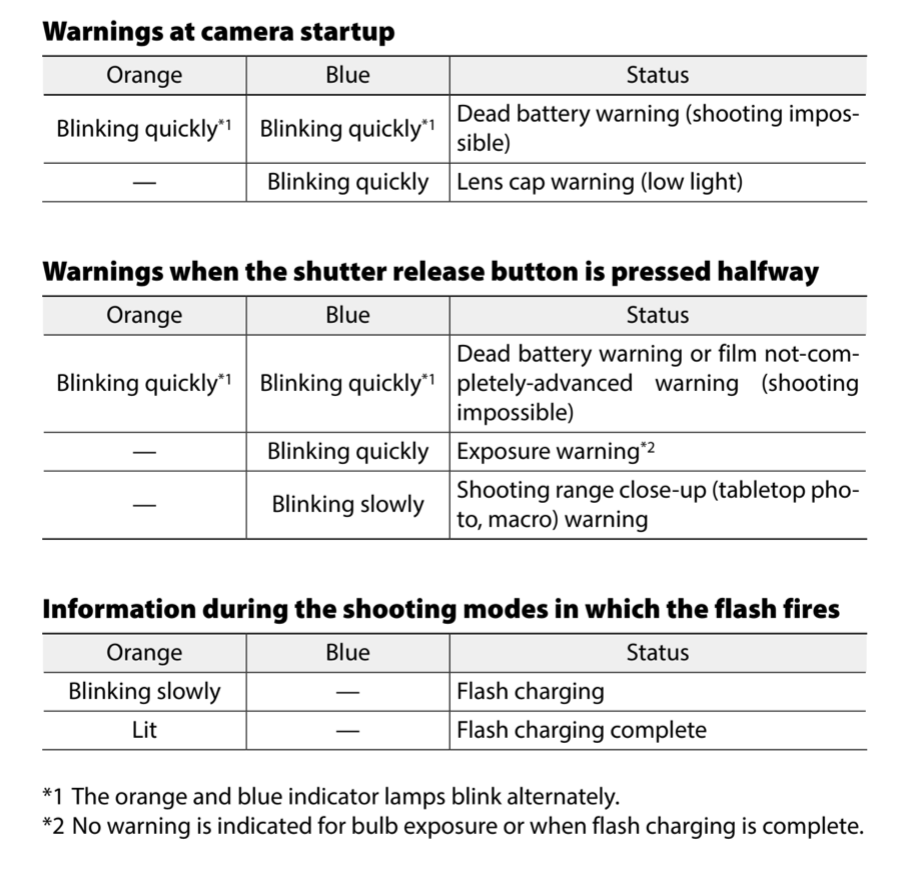
Shooting Struggles
I didn’t really have any struggles using the camera in various lighting conditions and it did the job well. Only one gripe here really is not knowing what my speeds were when taking photographs without the flash. Here is an example. These guys were in subdued light. I didn’t want the flash to fire so I chose ‘P’ mode and took the shot. I think it fired at 1/30th as you can see I have motion blur and possible handheld shake too. If the camera told showed me the shutter speed that would have been awesome! Yet, I don’t know how difficult that would have been to incorporate and I guess Pentax felt they didn’t need that. After all, not many point and shoots give this option!
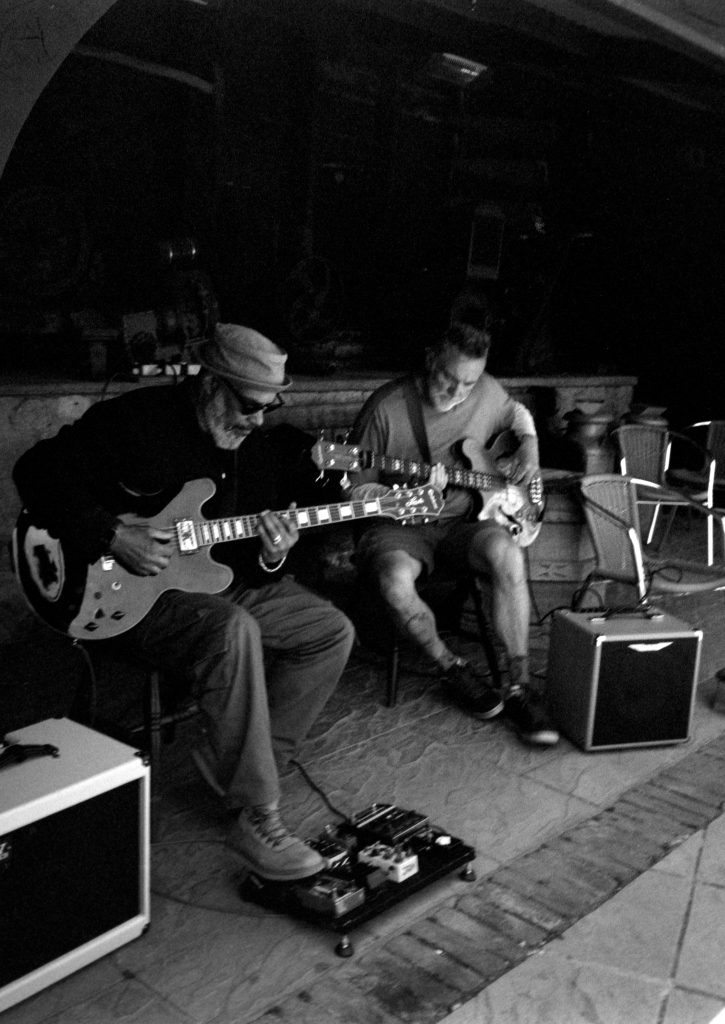
The Lens
The lens combines elements of vintage cameras from RICOH and PENTAX. From the RICOH Auto-Half, it was possible to get an ideal/comfortable focal length the same 25mm.
From the PENTAX ESPIO mini, the optical design was used as a reference for sharp and clean images Using a triple element lens.
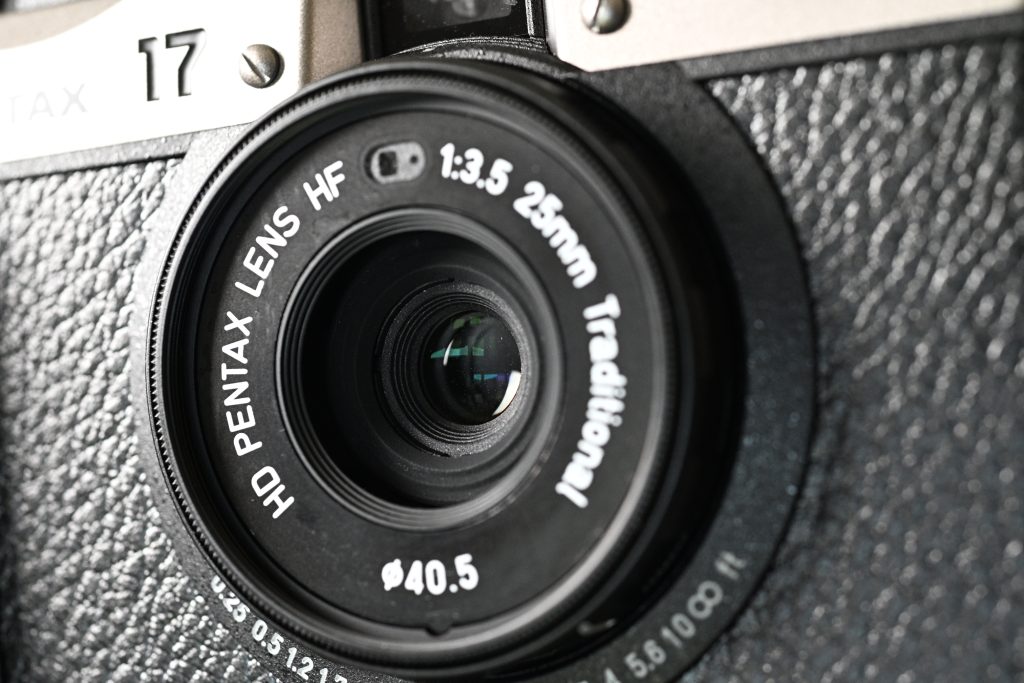
The lens also features HD coating, which maintains high performance of the lens, by using PENTAX multi-coating. This also enables high contrast and high definition right to the edges. It has an SP coating (Super Protect) which helps to repel water and oil from the lens. And my photographs go to show how good the lens is. Sharp from the centre to the edges and nice contrast.
I really expected the camera to roll out with a 35mm or 28mm lens.
Shooting
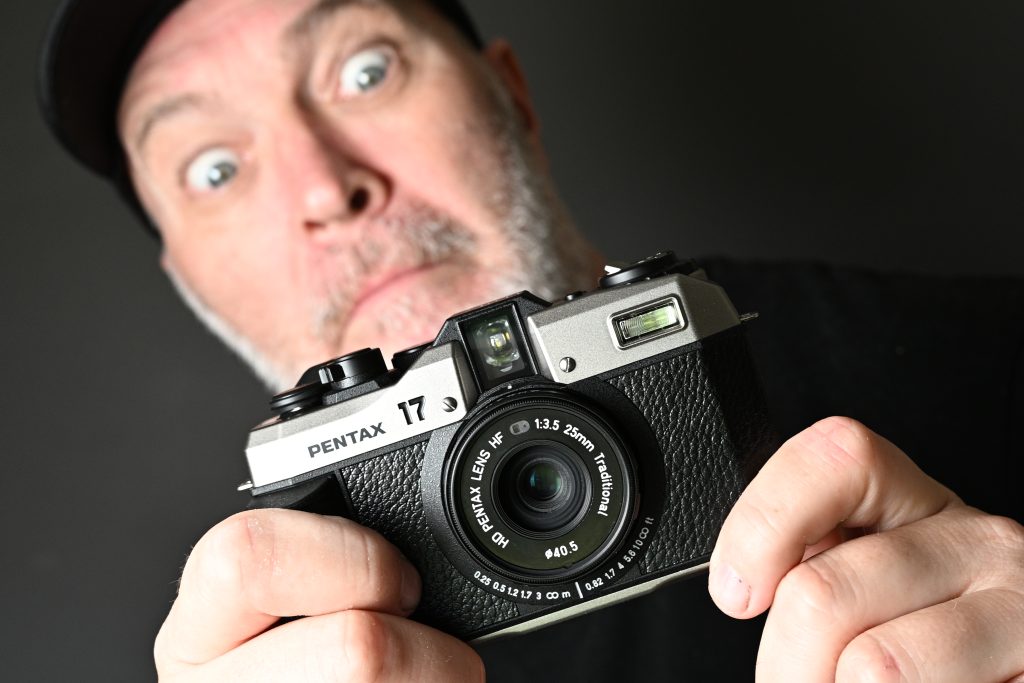
Never having owned a half-frame camera before, I was unsure if I’d enjoy the experience. But after shooting just two rolls of film, I found myself surprisingly delighted. The Pentax 17 is a no-nonsense camera that delivers accurate exposures with minimal fuss. Usually I am wandering with large format gear or my Mamiya RZ67 and other heavy 35mm cameras and lenses. This camera was small enough to slip into my pocket, a bit like my experience with the Rollei 35LED camera. Which is ideal for street photography.
Sure, while half-frame photography might not be ideal for printing large, high-quality images, it’s not about that. The Pentax 17, and other half-frame cameras, excel at something else entirely: pure, unadulterated fun.
Think about it – a 36-exposure roll magically transforms into 72 shots, and a 24-exposure roll gives you a whopping 48 opportunities to capture those fleeting moments. It’s the perfect tool for documenting everyday life, snapping candid photos of loved ones, or simply experimenting with a different format.
And let’s be honest, in the age of social media, most photos are viewed on screens anyway. The Pentax 17‘s half-frame format is perfectly suited for sharing your adventures online, without sacrificing any of the joy that comes with shooting film.
I went to Haven Street Steam Railway. There is plenty there to shoot! I found myself in that slow frame of mind, taking my time and being selective over my subjects and compositions and then remembered I had 48 photos to shoot! I was running out of ideas and then thought, ‘just shoot the S*** out’ of it! So I did!
Here are some of my results from shooting ILFORD HP5. The films were developed in my home made D23 Developer, rotary processed for 8 minutes.
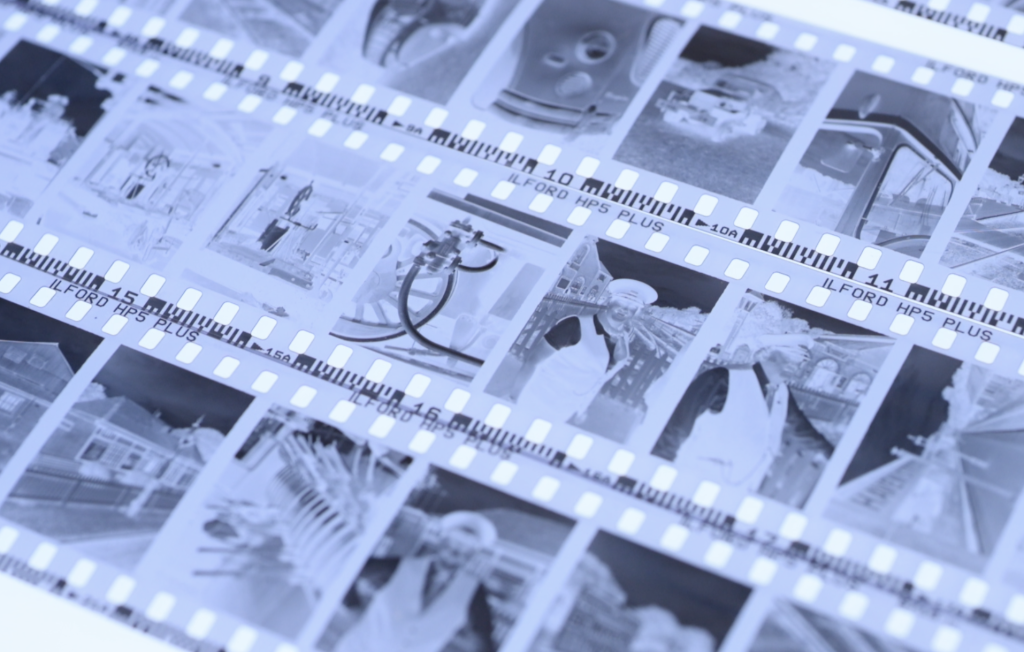
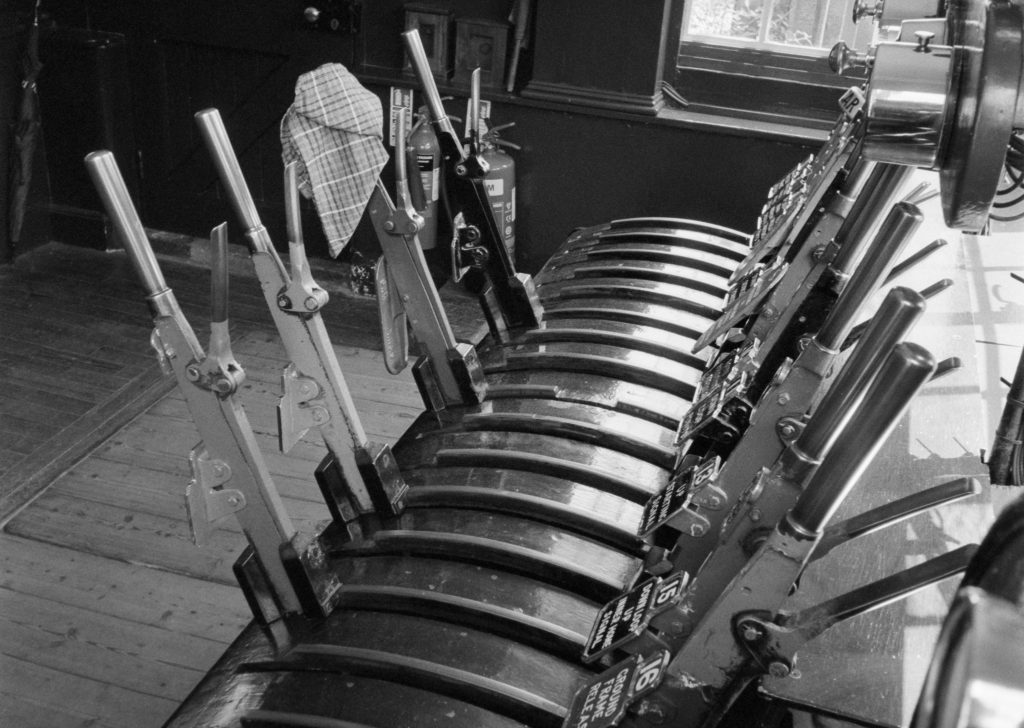
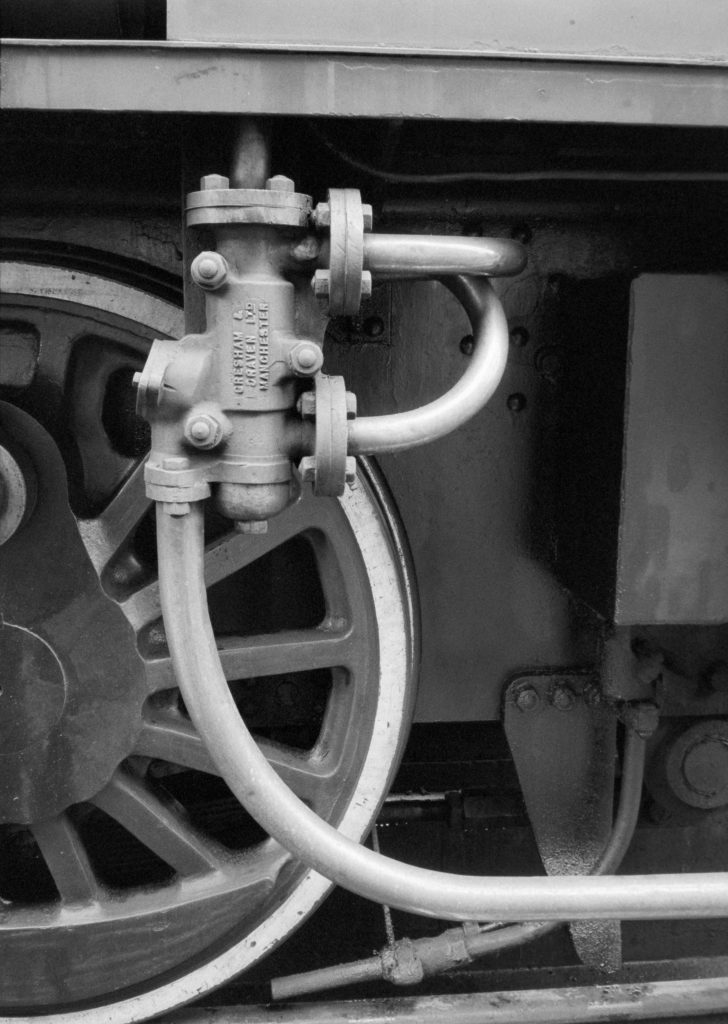
VIEWFINDER
The cameras viewfinder is very nice indeed, bright and accurate but I did find the guidelines a bit faint when the scene was bright. But it didn’t spoil the fun. It’s not glass.
I wasn’t accurate with some as you can see from the top photograph with a bit of a wonky line. There are two guides, one for normal distance and one for close up. It’s pretty accurate though! You can also see what focus mode you’re in. As you can see at the bottom of the illustration. Mountain!
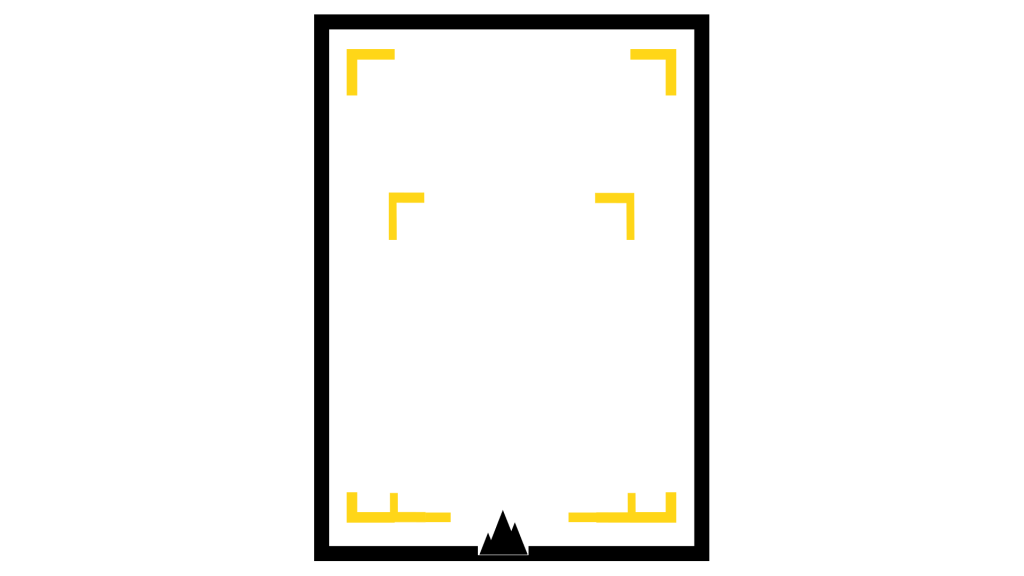
The viewfinder also seems to be very accurate for composing such as this portrait I took of my daughter in my studio. I used static model lights for this photograph. (APX 100).
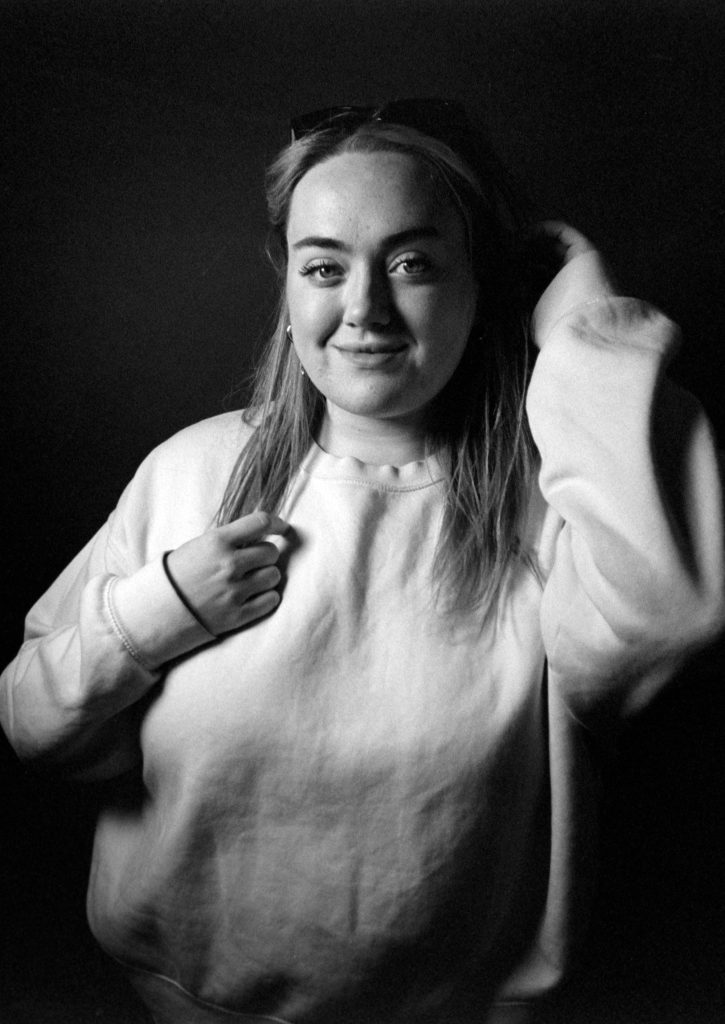
And another I took using the cameras flash.
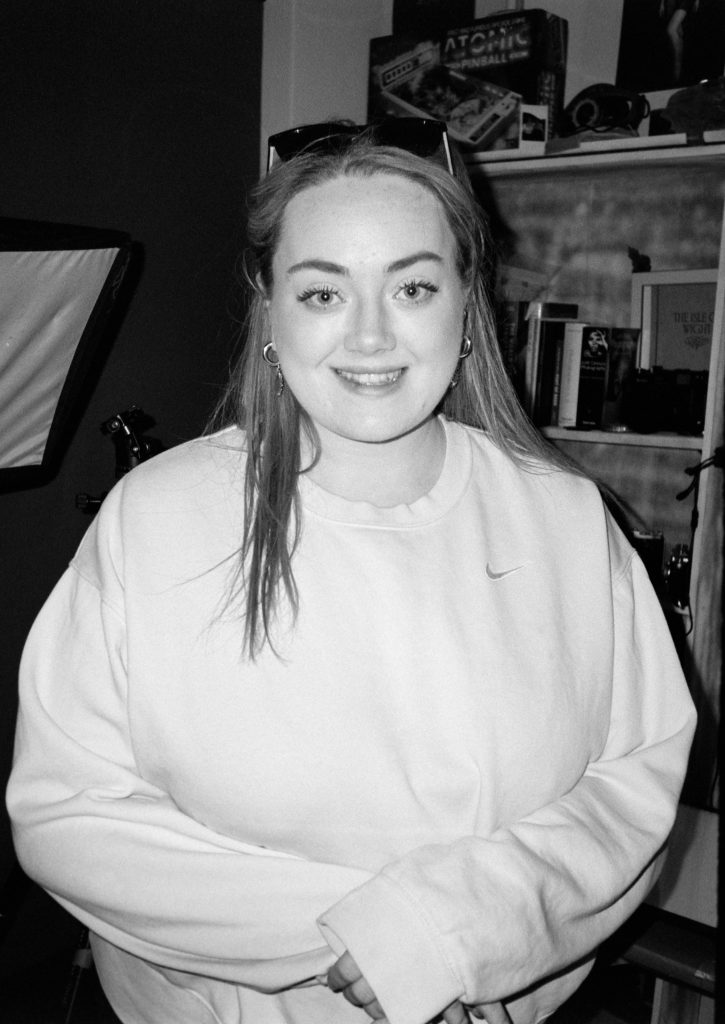
FOCUSING
The camera has the usual suspects of focusing modes, however, it also includes a distance scale too which is very handy indeed for Zone Focusing.
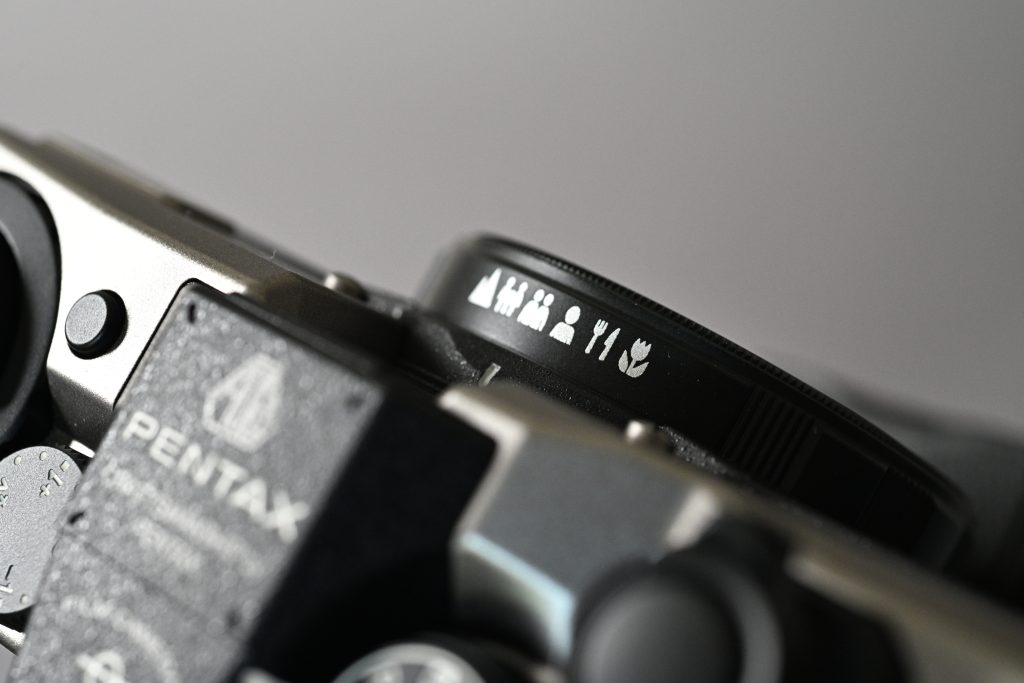
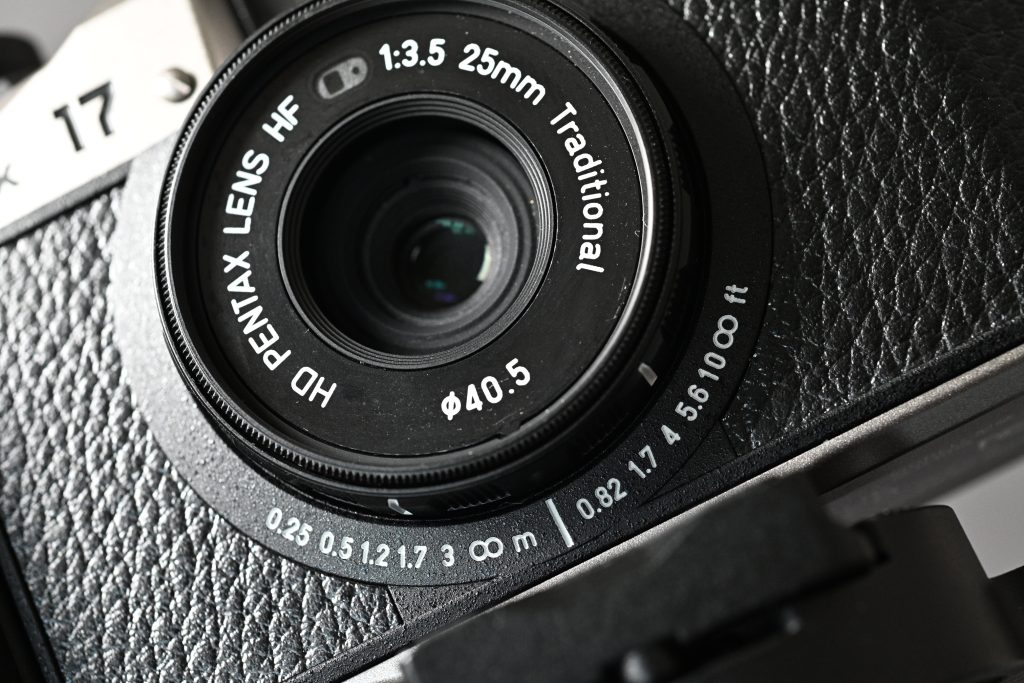
Here are the focusing icons and their respective distances from the manual.
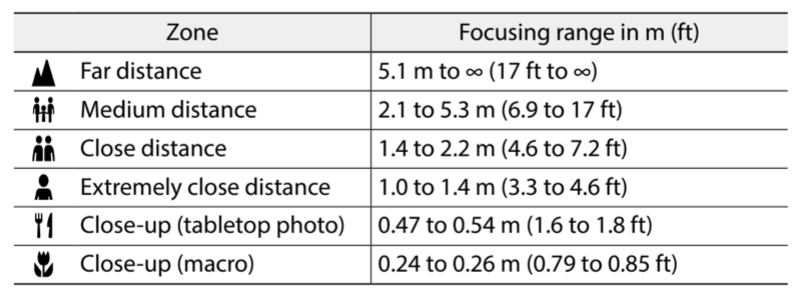
In conclusion, Pentax has crafted an impressive camera with the 17. It’s sure to resonate with film photographers seeking a fun and accessible entry into the world of half-frame photography. While some may bemoan the lack of Pentax’s signature heavy metal construction, it’s important to remember that the joy of film photography lies in the experience itself.
The anticipated price of £450-£500 may raise some eyebrows no doubt, but it’s worth considering the factors at play. Engineering and design costs, wages, marketing, paperwork, investment, components, and materials all contribute to the final price. Additionally, the limited sales market, excluding mainstream retailers like Argos or Walmart, further justifies the cost.
Ricoh/Pentax are unlikely to price themselves out of the market. While the estimated cost might seem high to some, it’s important to remember that this isn’t just another point-and-shoot. We’re talking about a unique, innovative film camera with a design and feature set that caters to a specific audience. For those who value the tactile experience of shooting film, the doubled frame count, and the Pentax brand legacy, the price might be entirely justifiable. And for those who don’t fancy Half Frame you’ll just have to wait and see what Rollei have up their sleeves.
Ultimately, it boils down to personal preferences and priorities. If you’re someone who cherishes the tangible nature of film photography and seeks a fresh, exciting tool to capture memories, and don’t mind shooting Half Frame then the Pentax 17 could be a worthwhile investment.
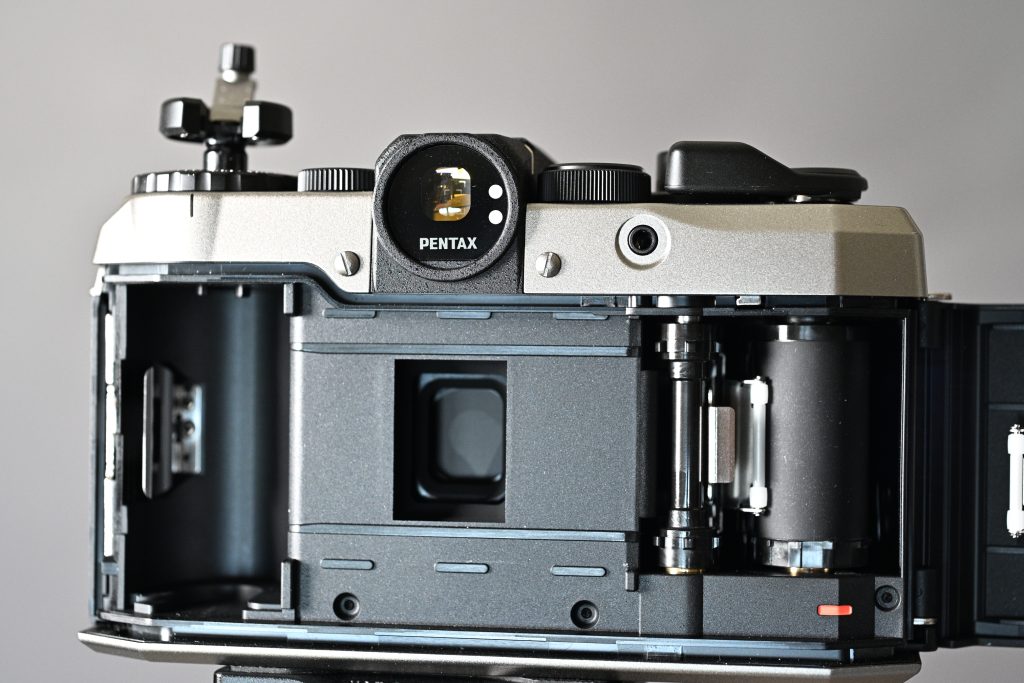
Not too long ago, we questioned whether film would ever see innovation again, let alone new cameras, films, and chemicals. The Pentax 17 is a testament to the resilience of the film community and a promising sign of exciting developments to come. Let’s embrace this new era of film photography and celebrate the creativity it fosters.
Photographs show Ilford HP5 unless otherwise stated.
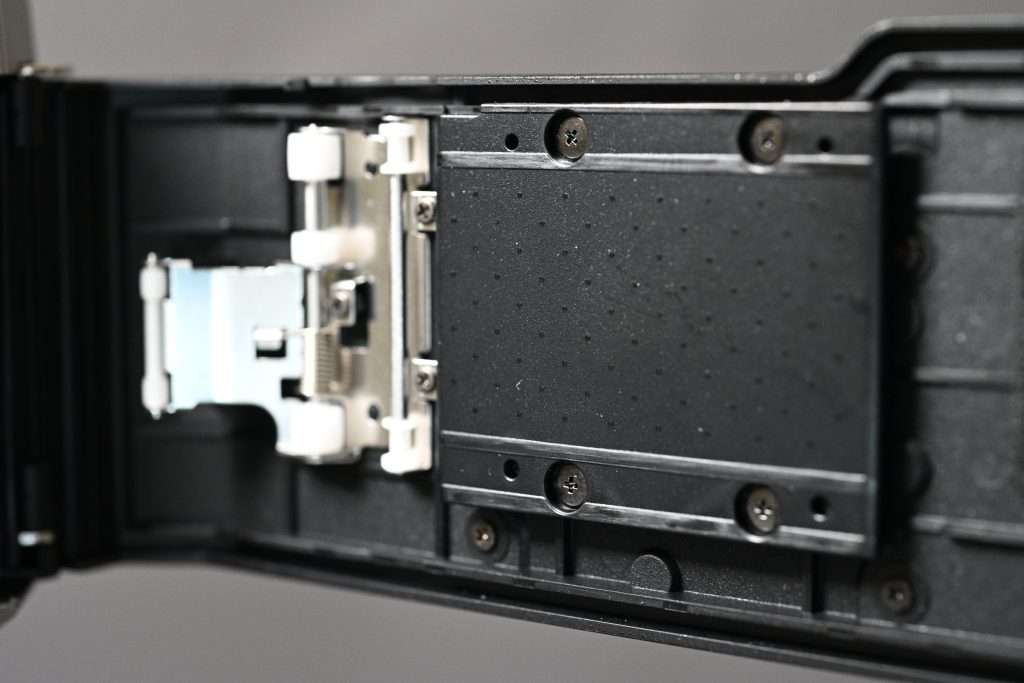
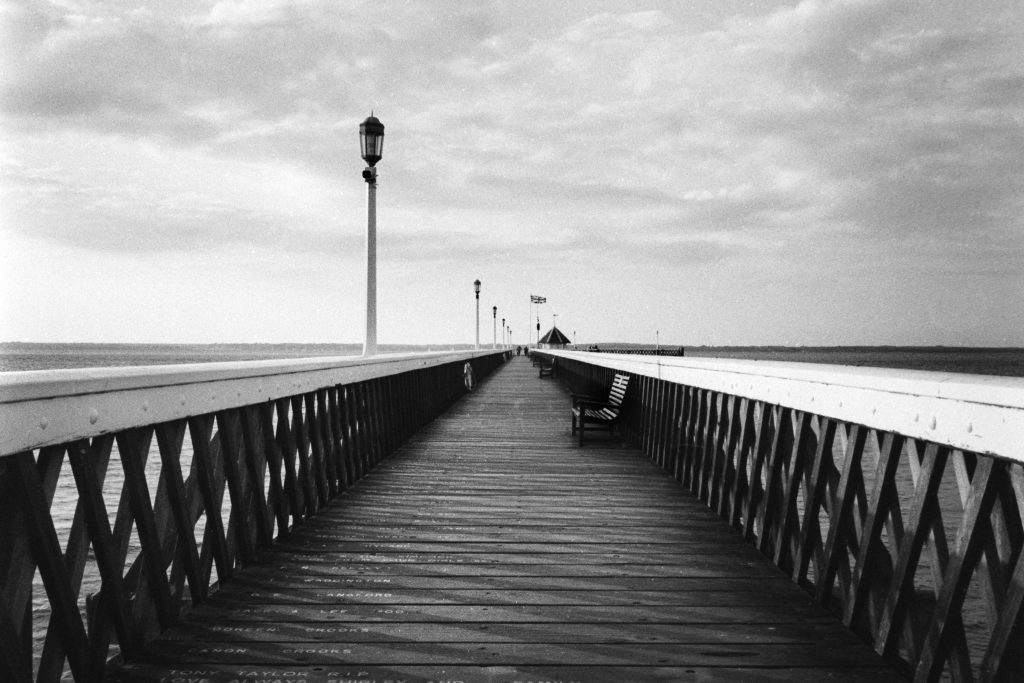
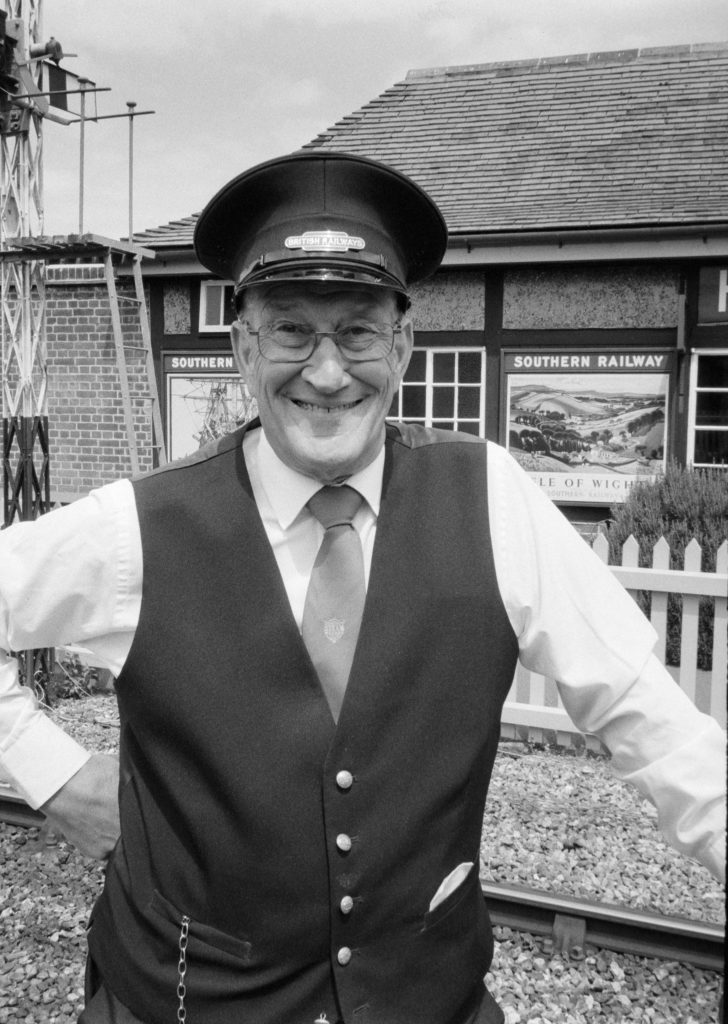
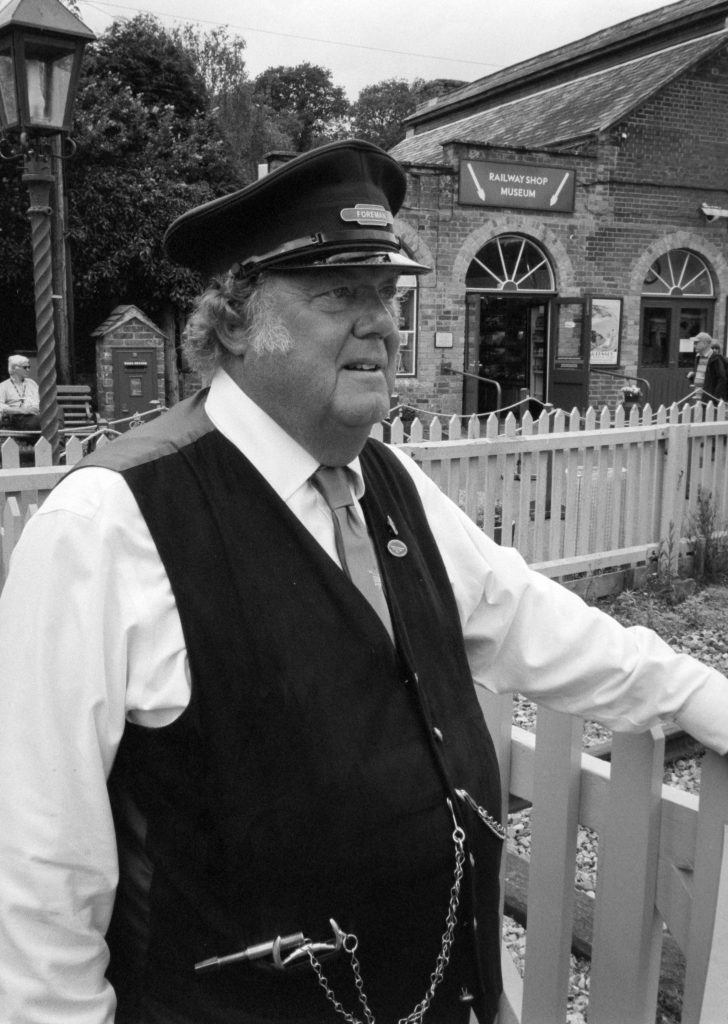
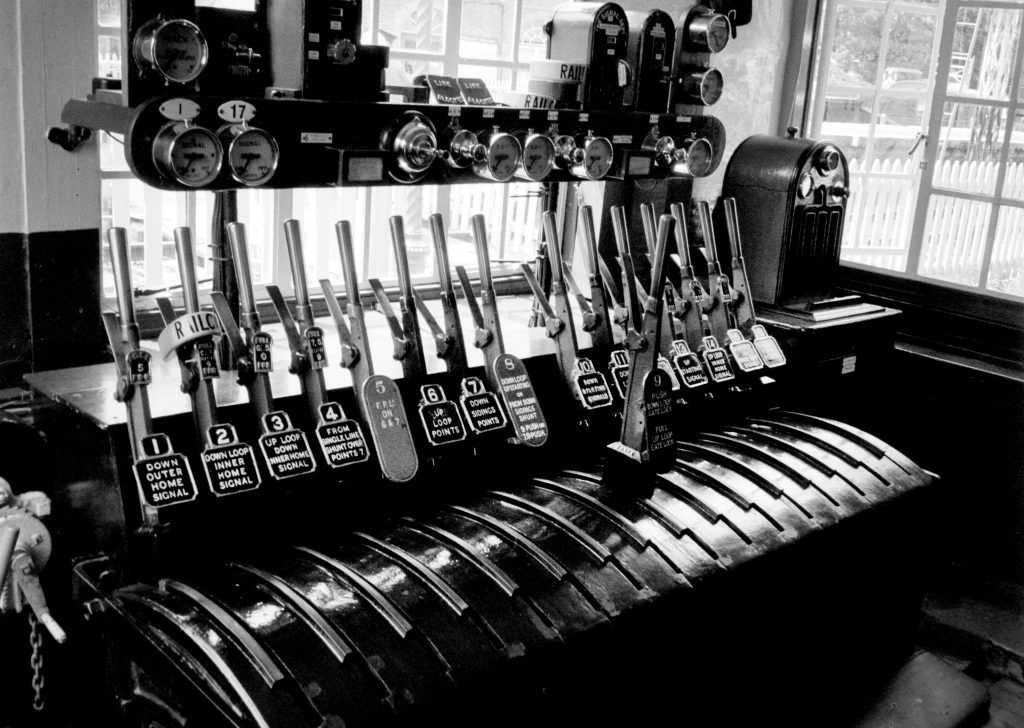
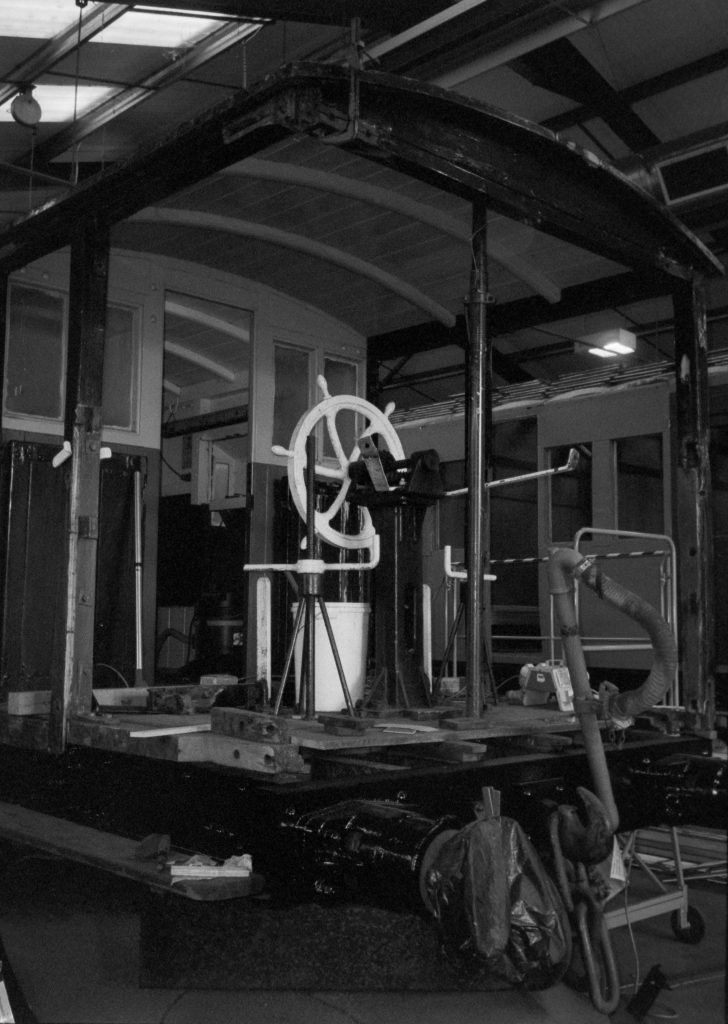
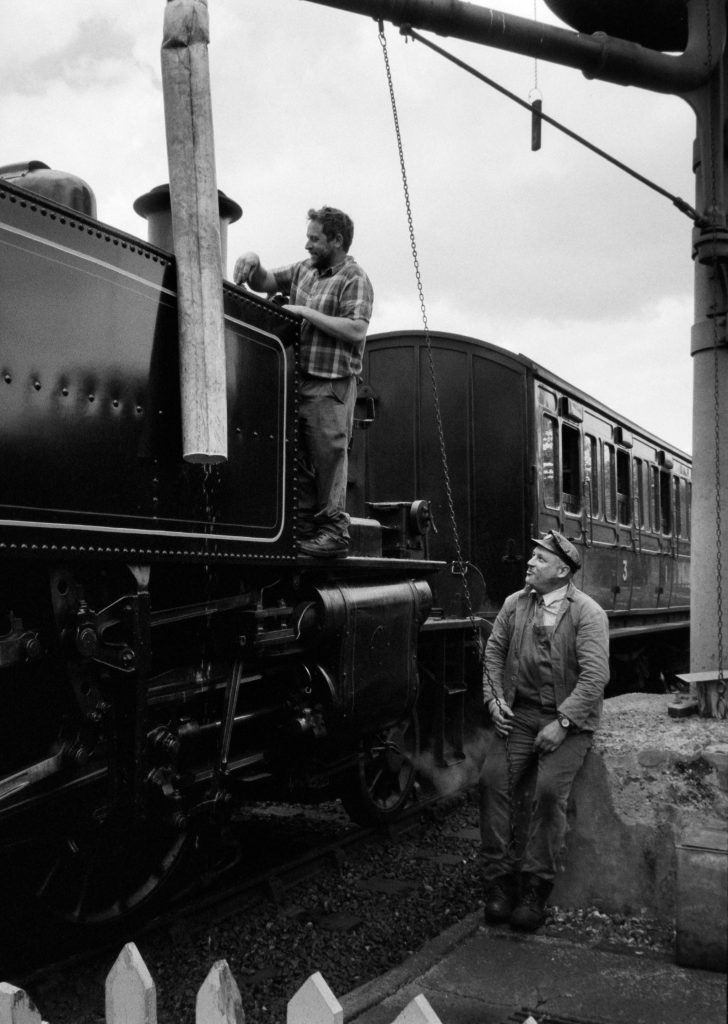
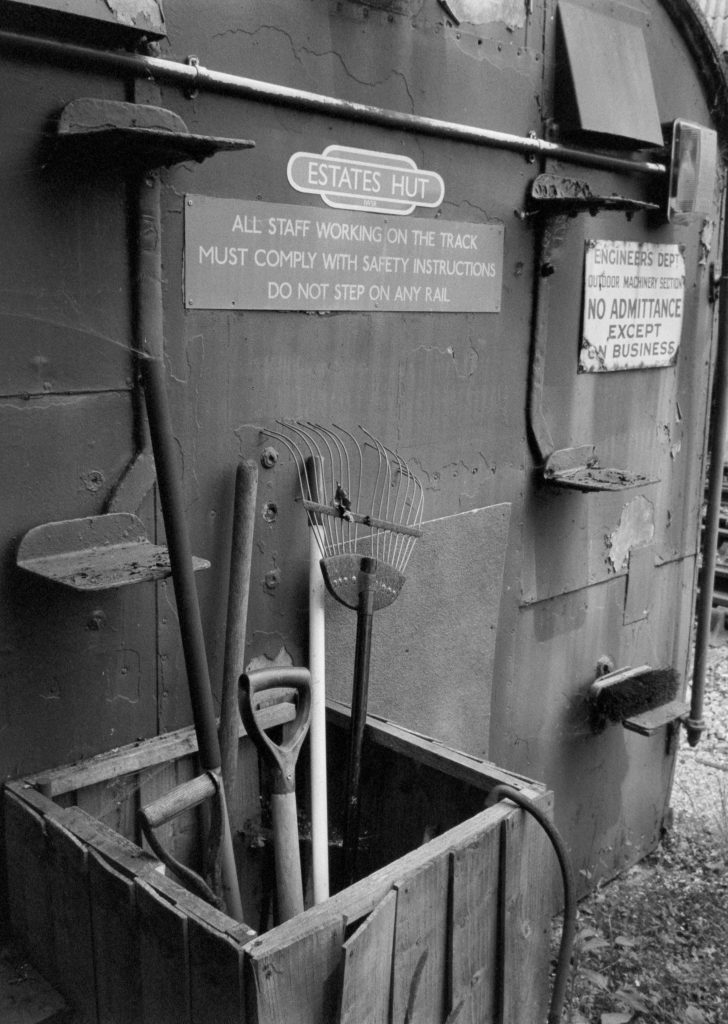
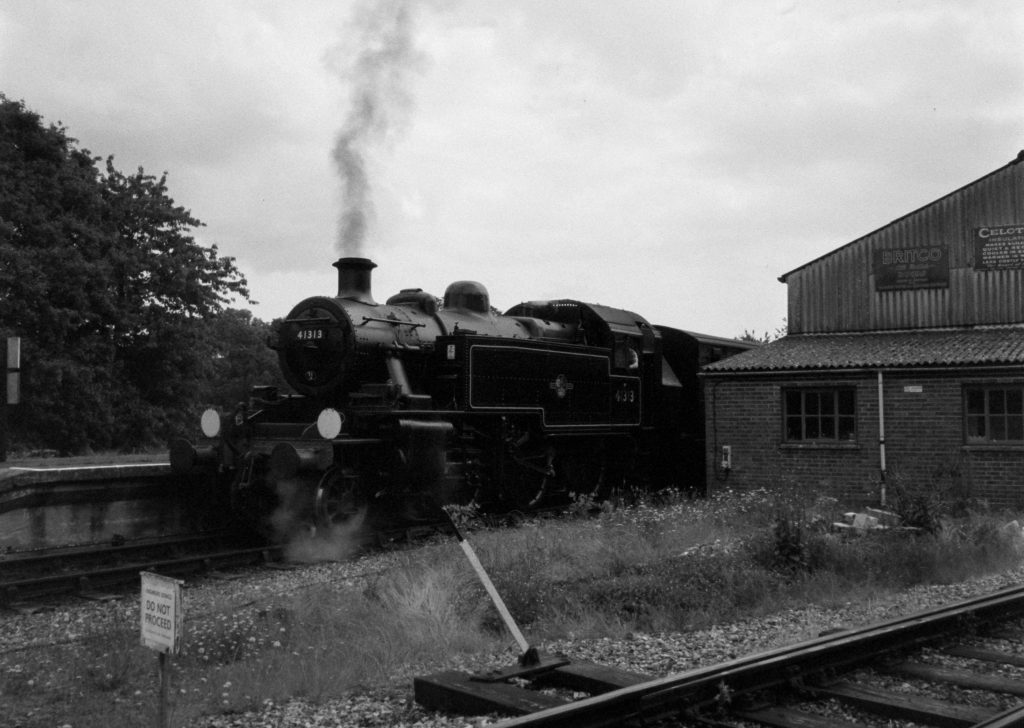
AGFA APX 100
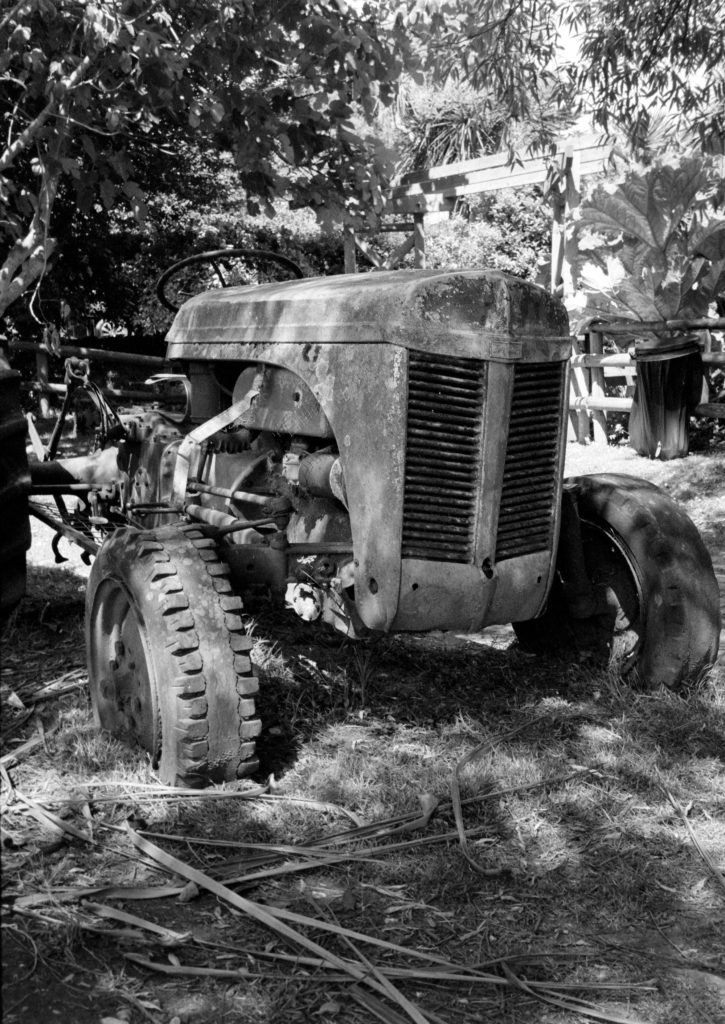
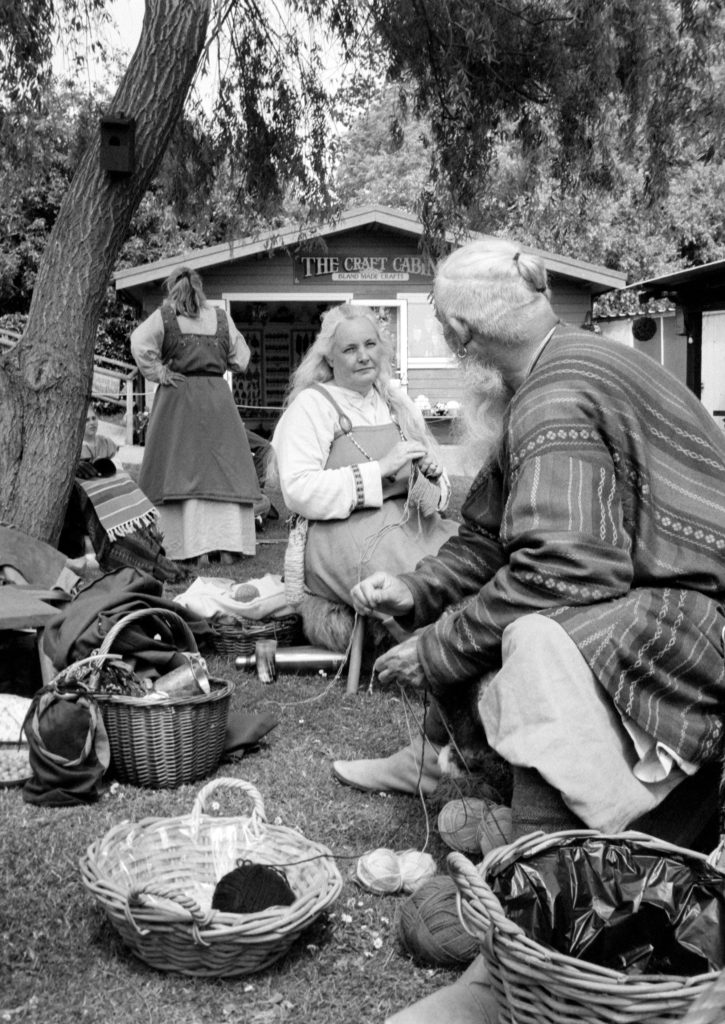
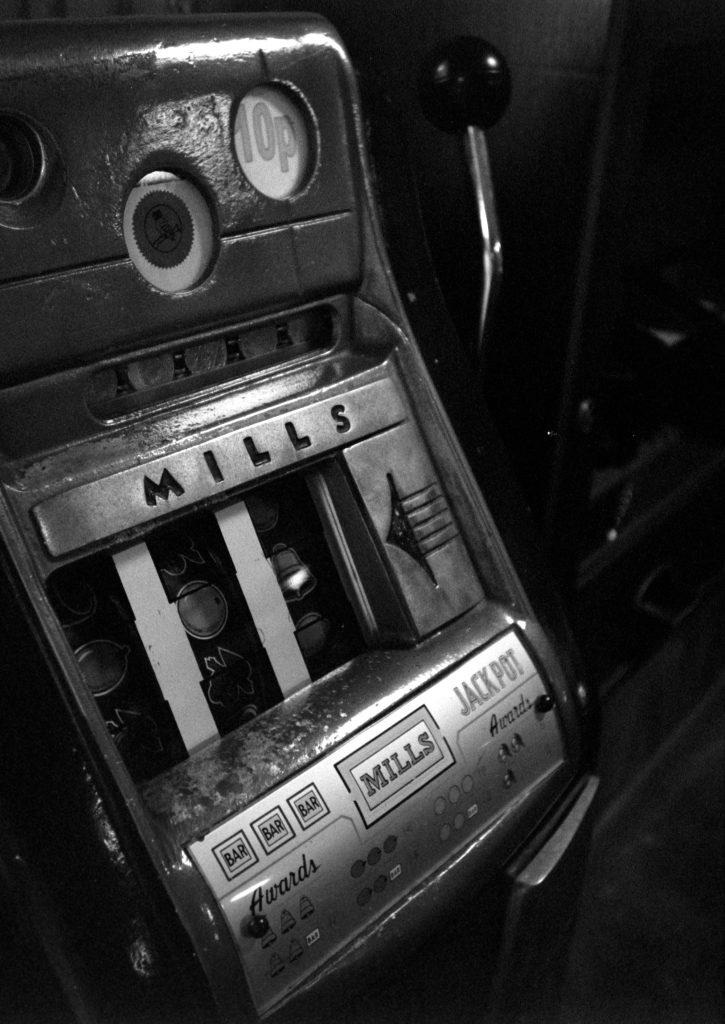
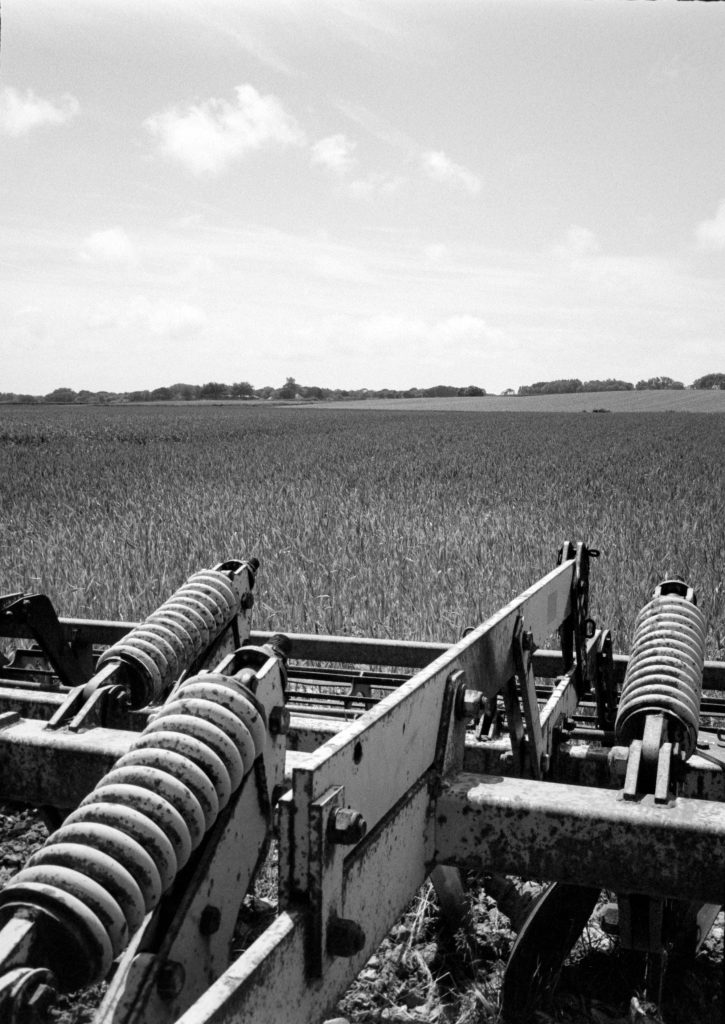
If you read this to the end then thank you for reading. I am in no financial affiliation program with Ricoh/Pentax and so these views are my own without influence.
Cheers!
Roger.
